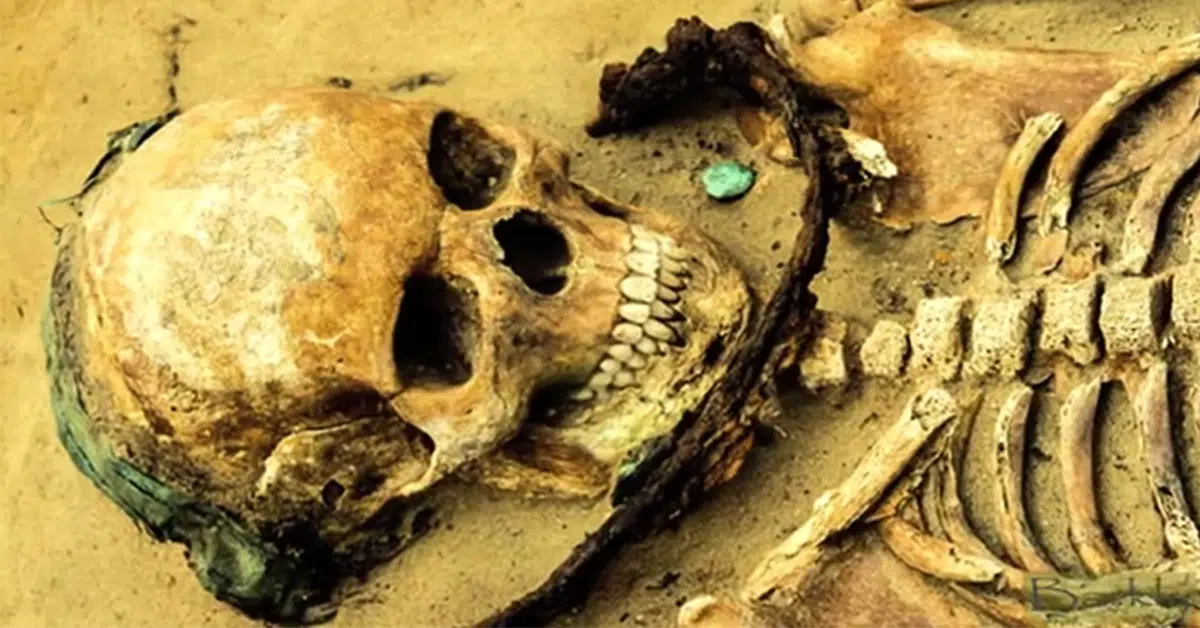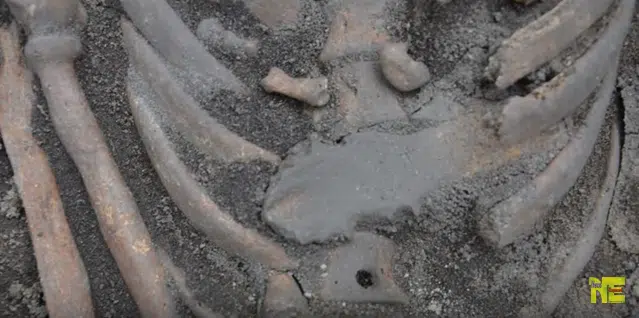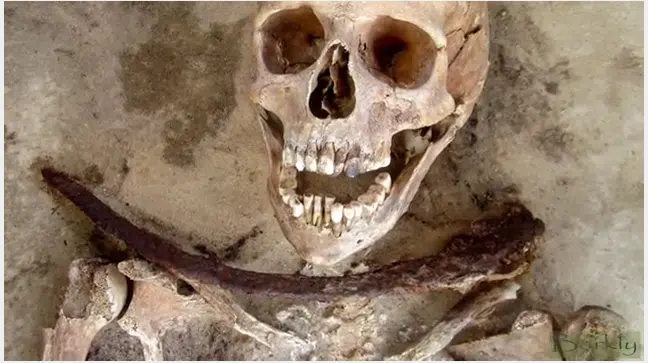
Medieval Vampire Burials Found in Poland Will Frighten You
Featured in Ripley's Believe It or Not!

Vampire Discovery
Believe it or not, the three graves date back to the 13th and 14th centuries. They were not buried in the cemetery but at the town’s edge in the village of Górzyca. Polish archaeologists say that the mangled corpses displayed holes in their spines, what others like to consider: a stake to the heart. These graves were not a coincidence. They were strategically concealed vampire burials.





